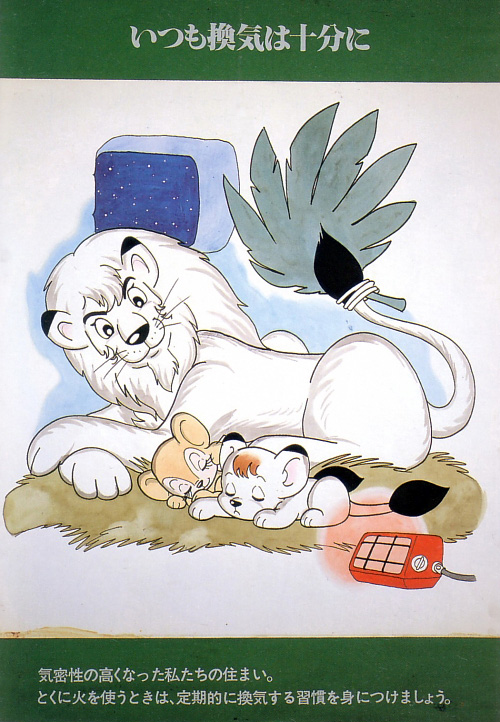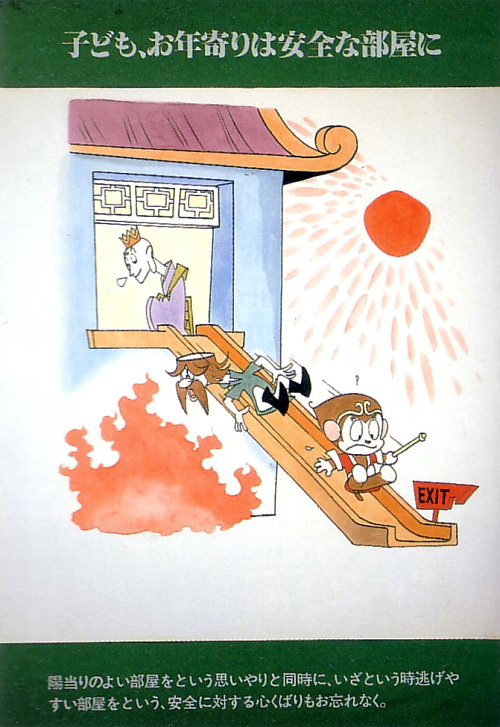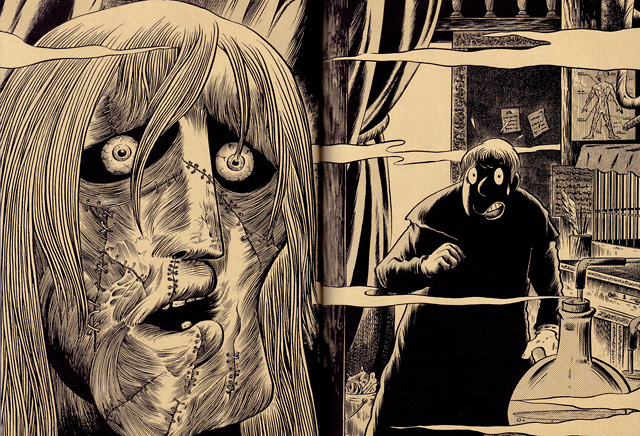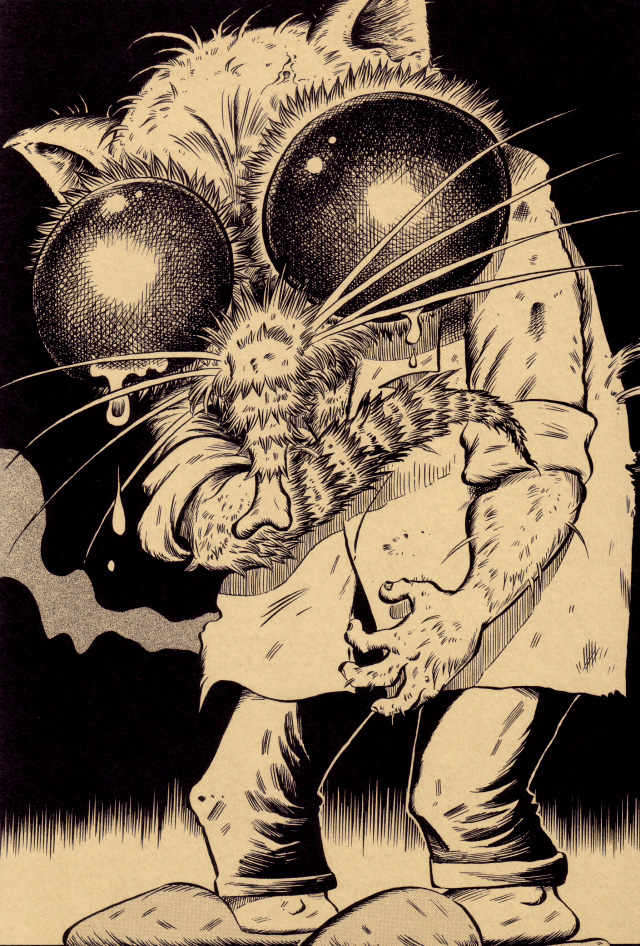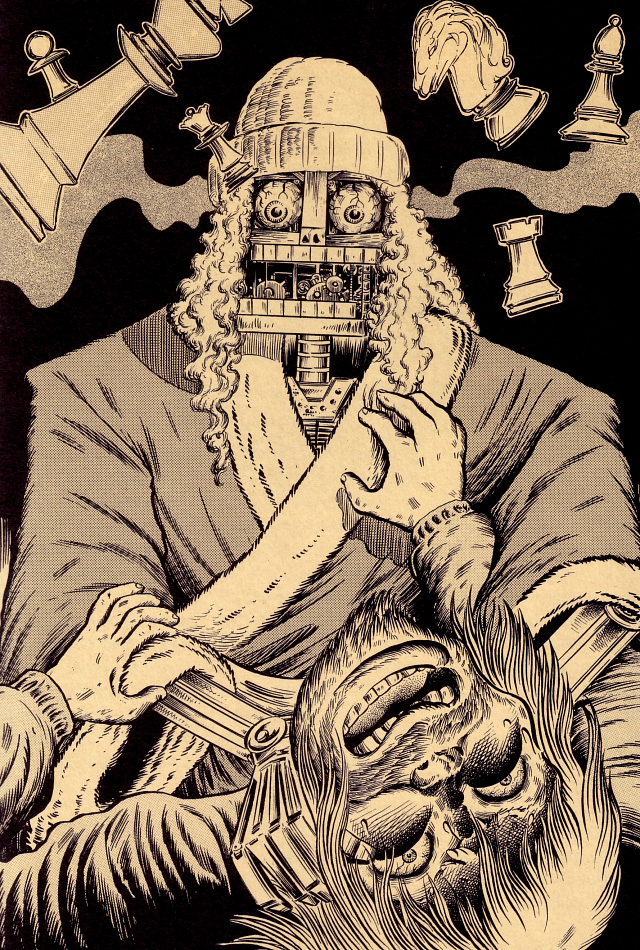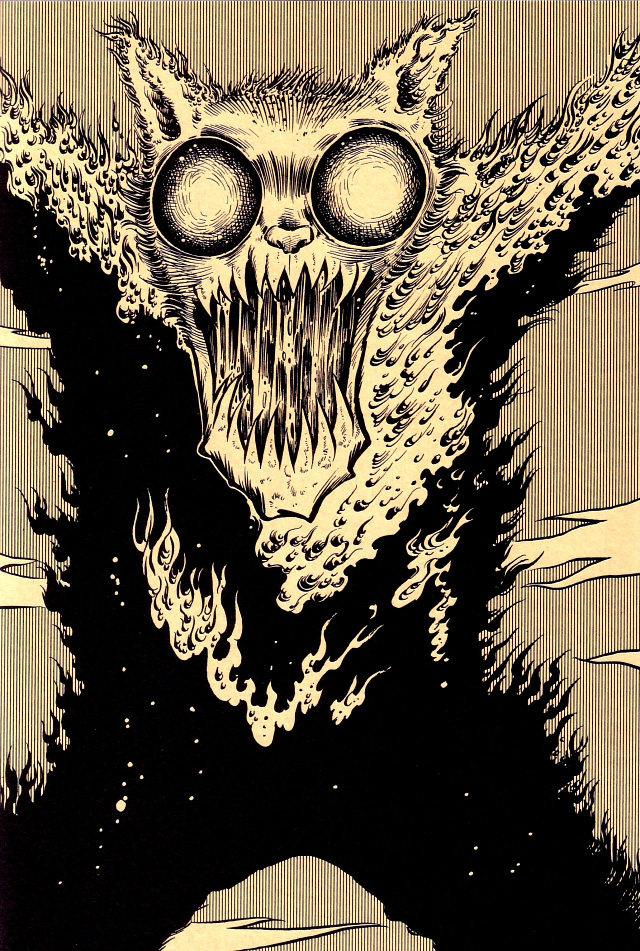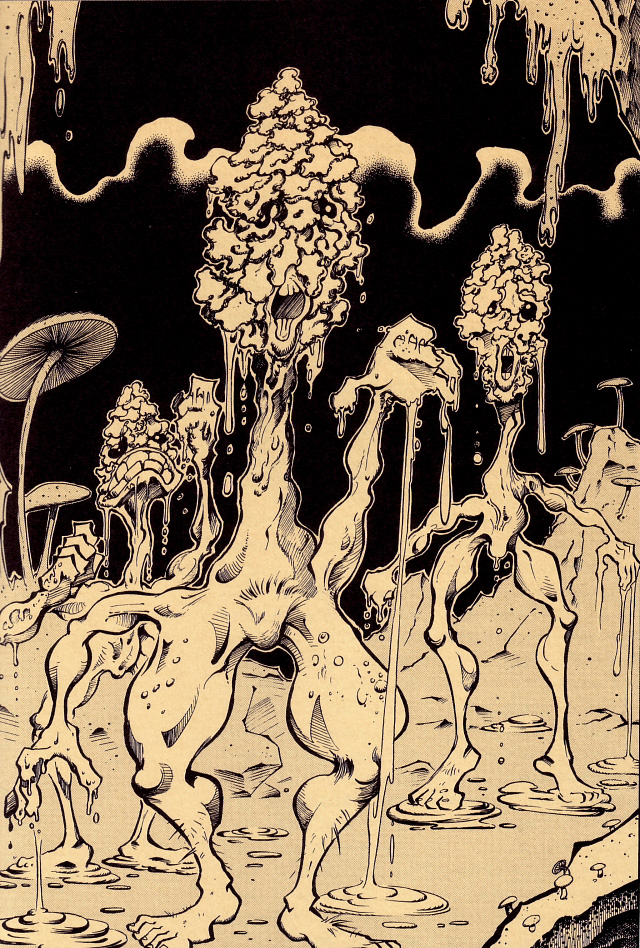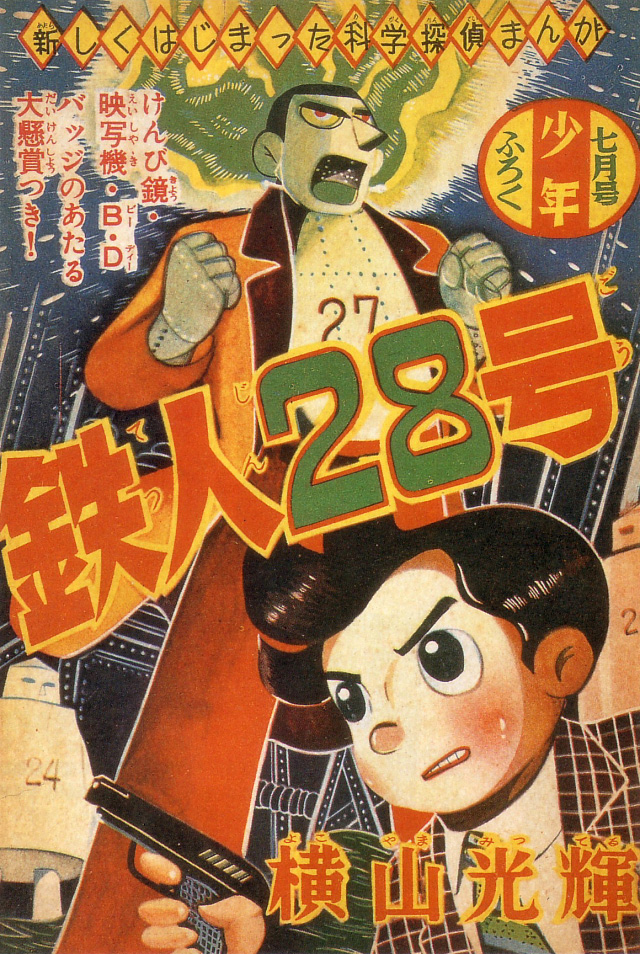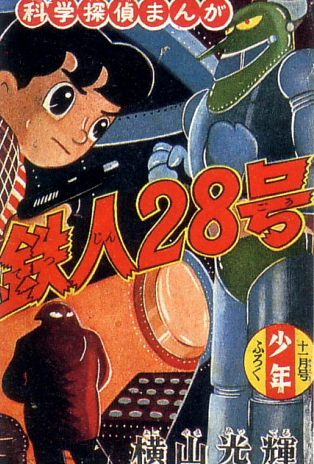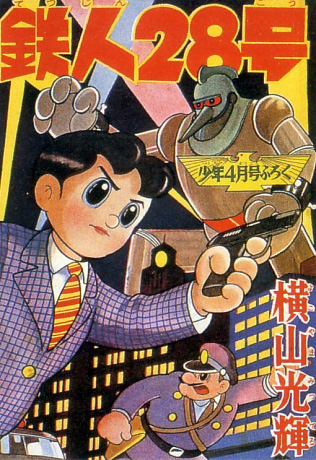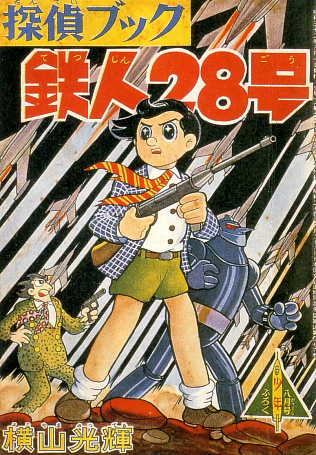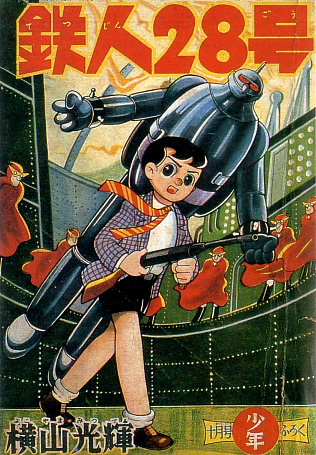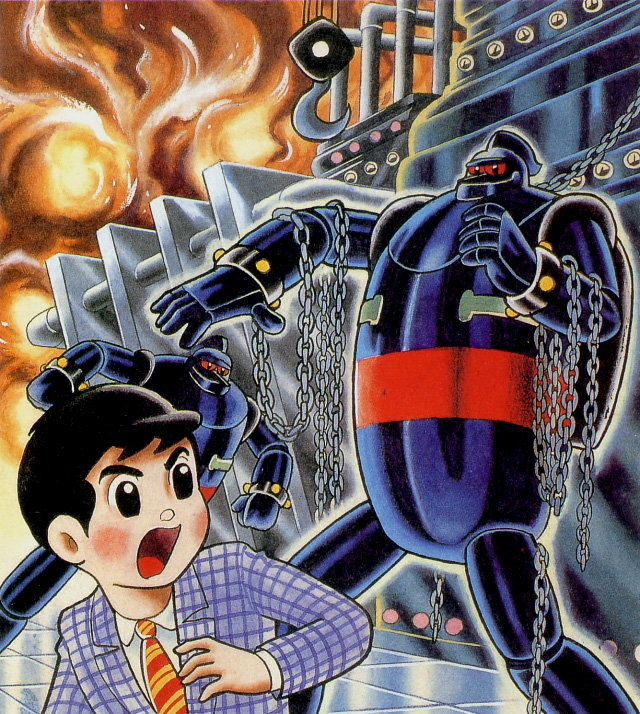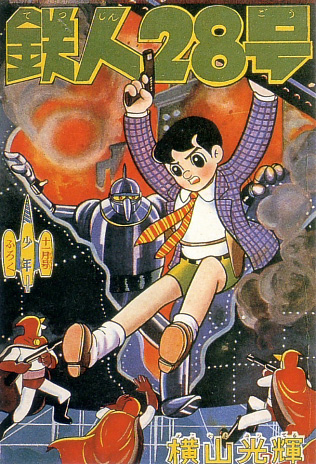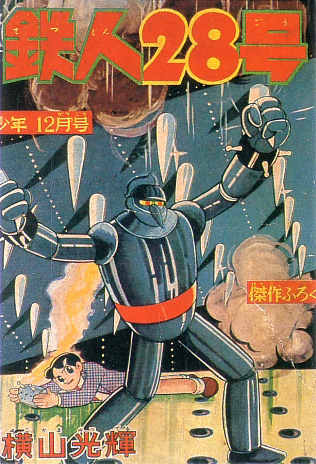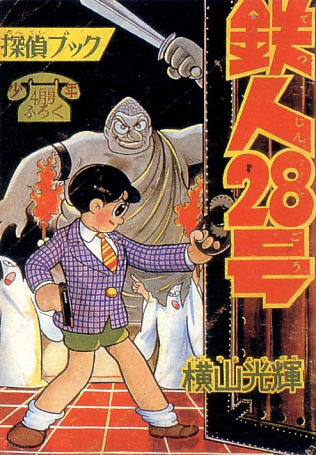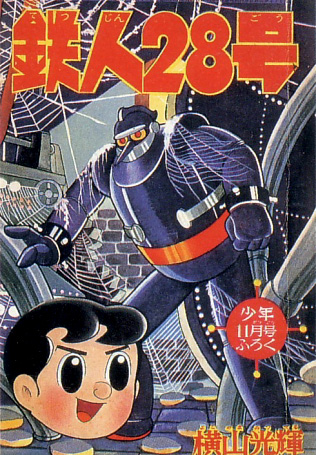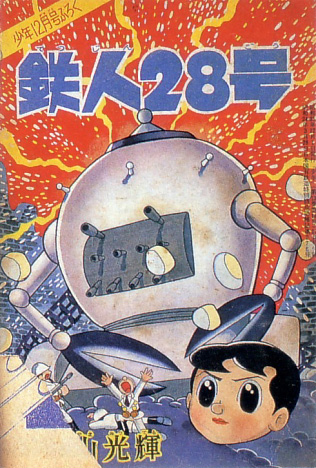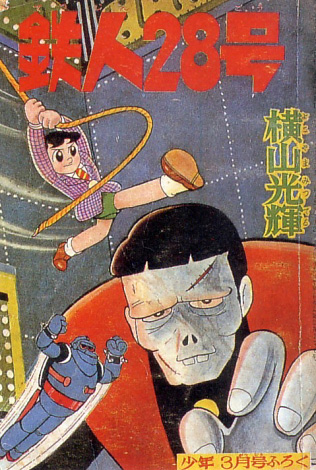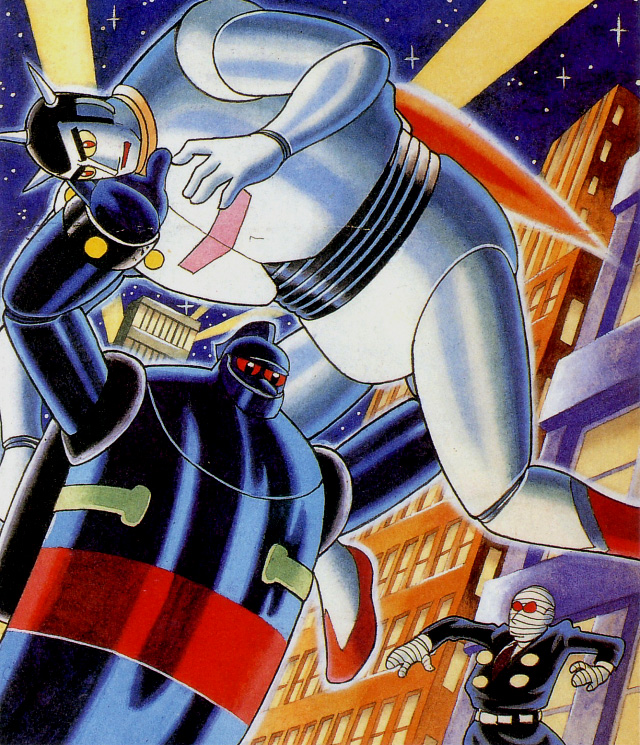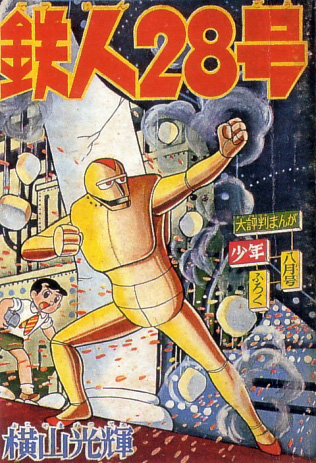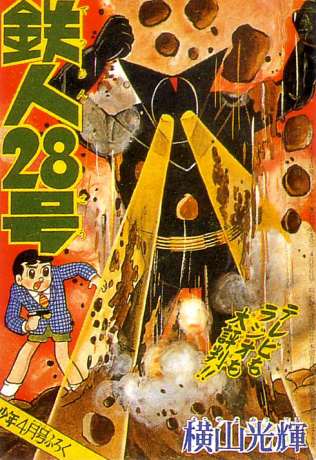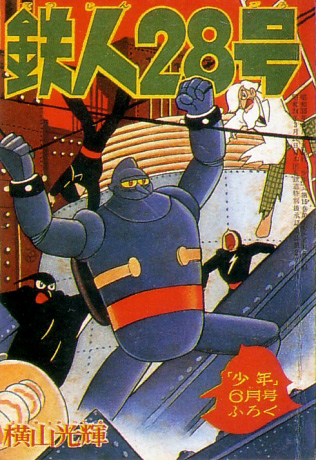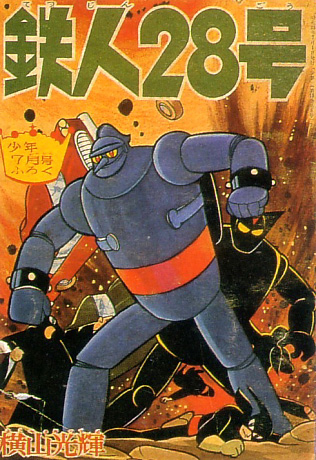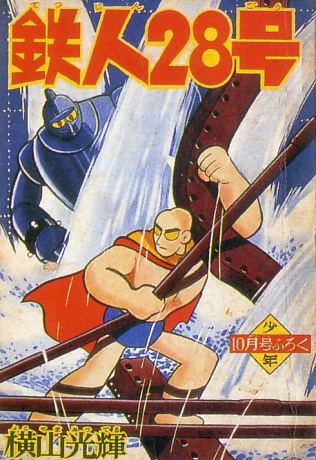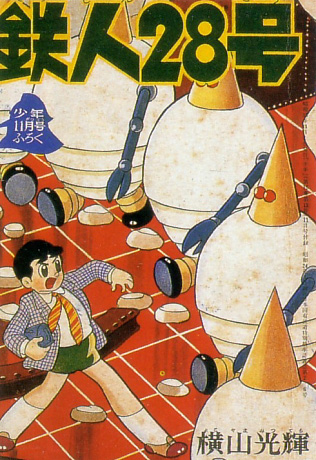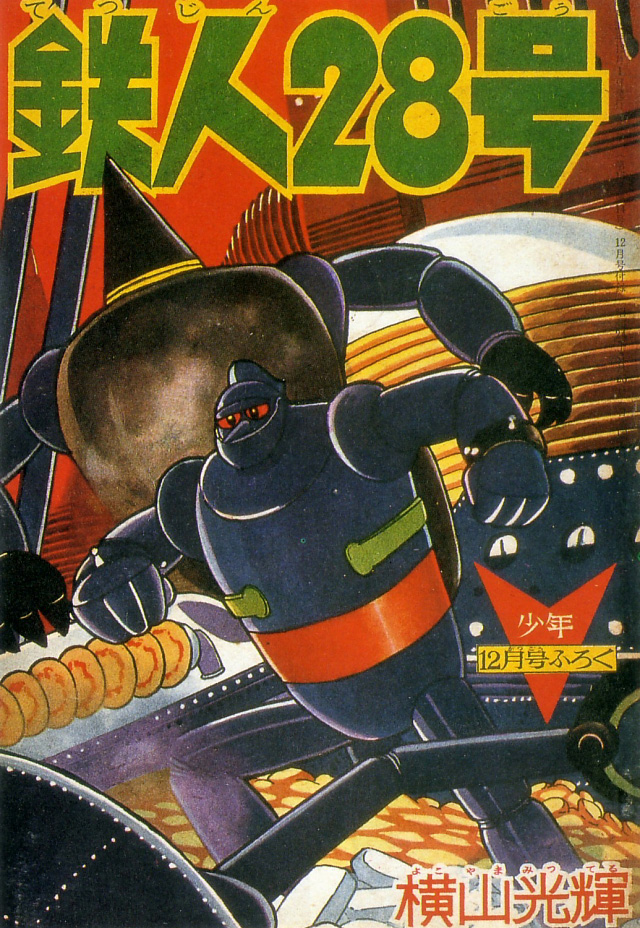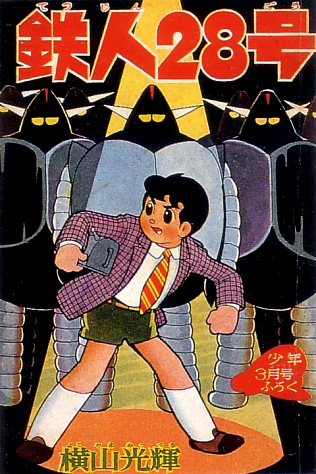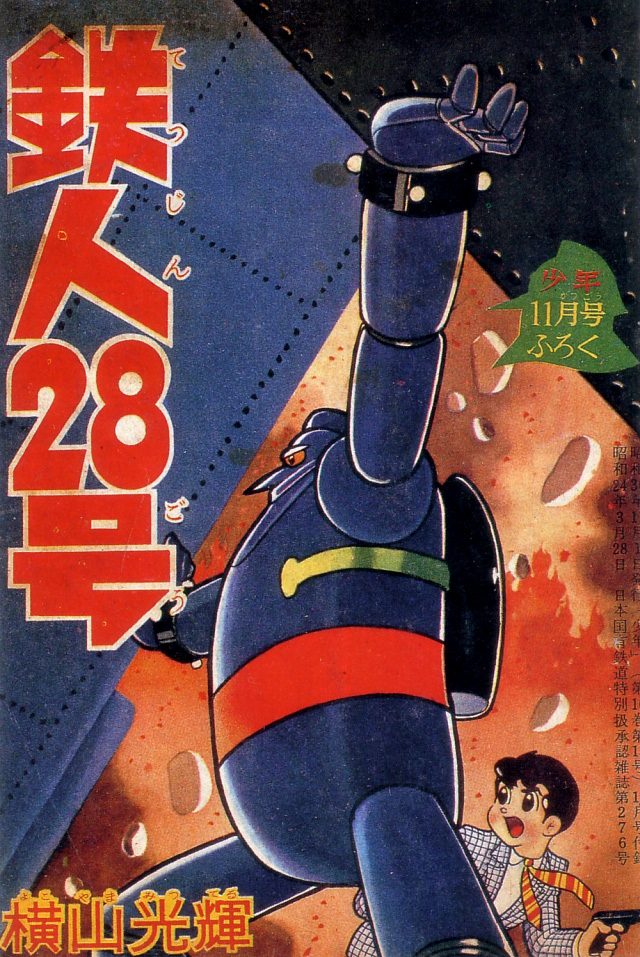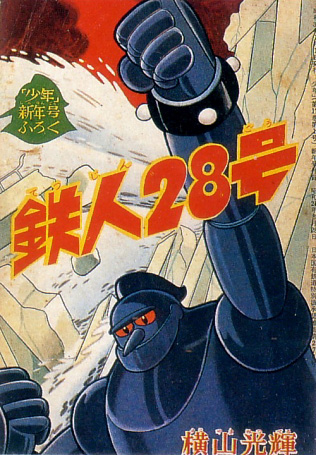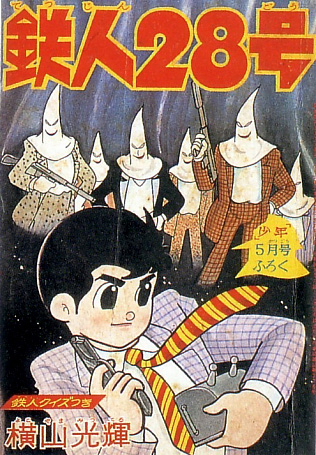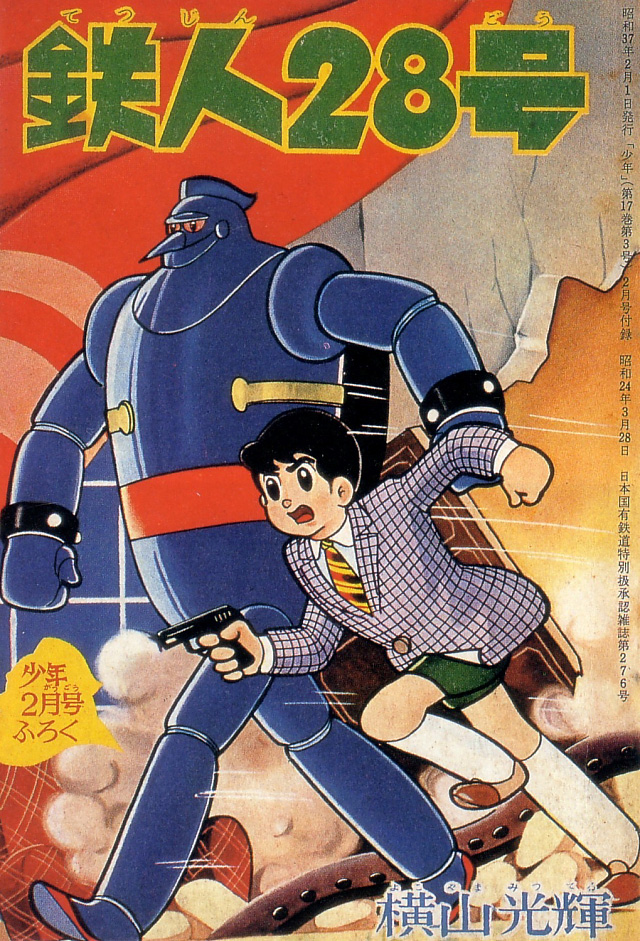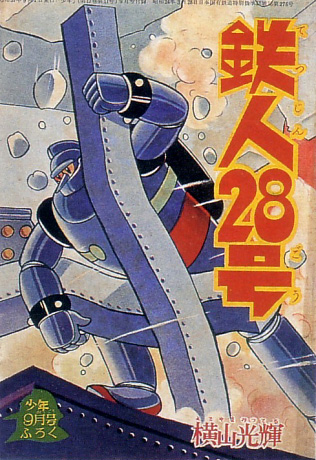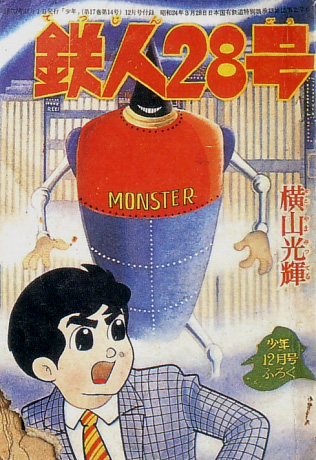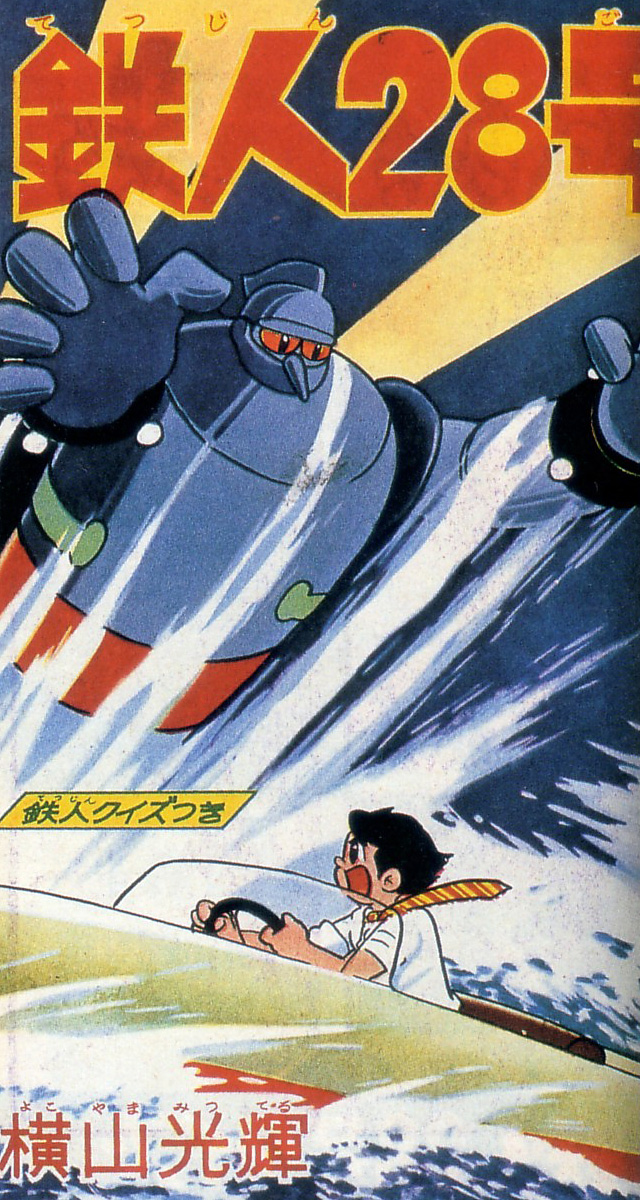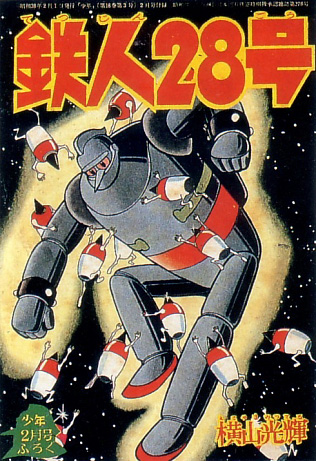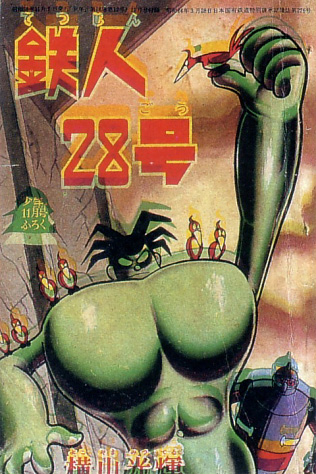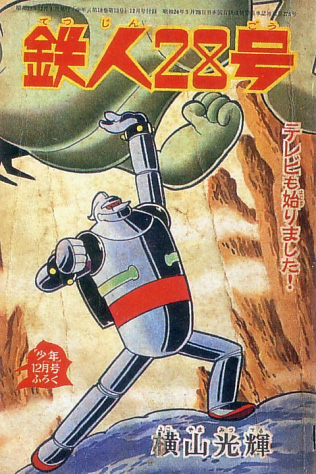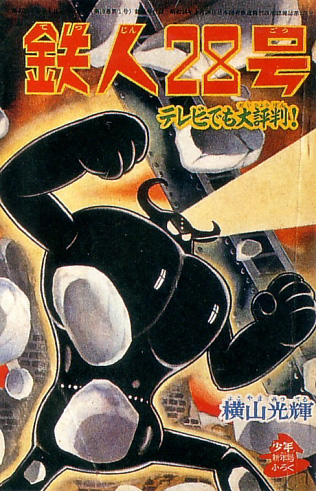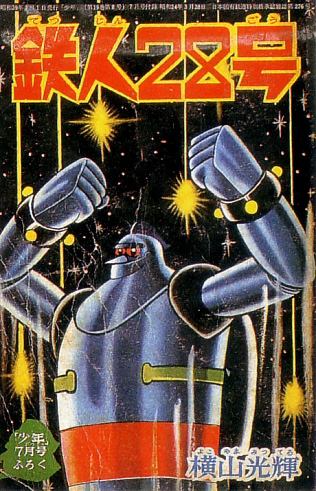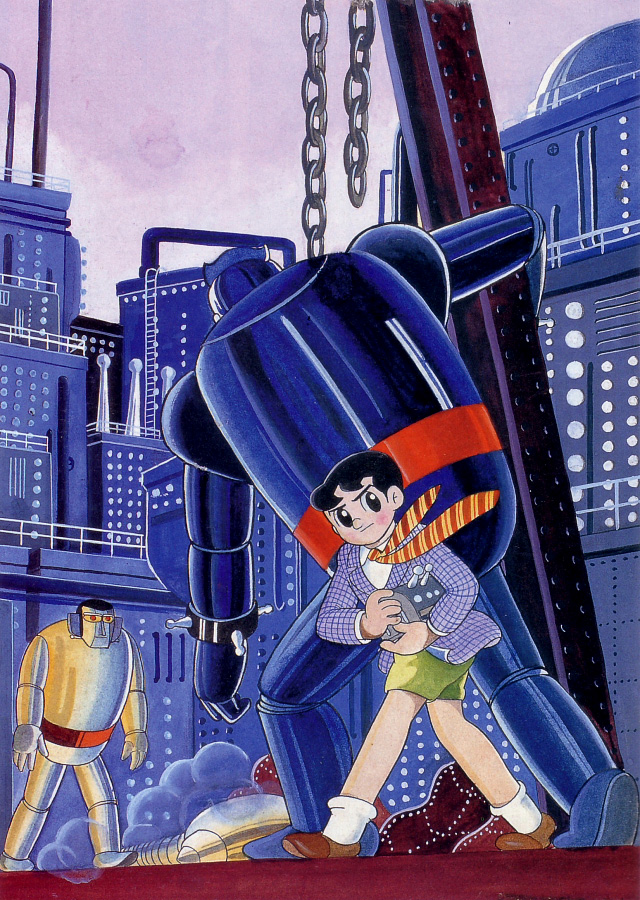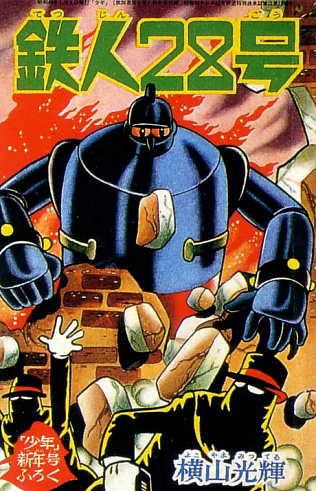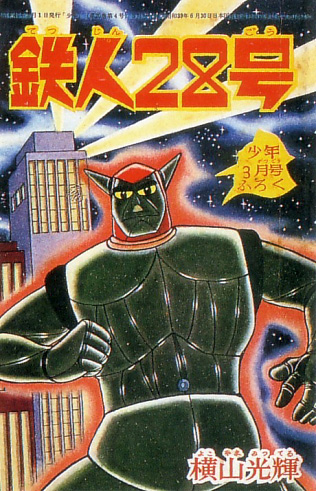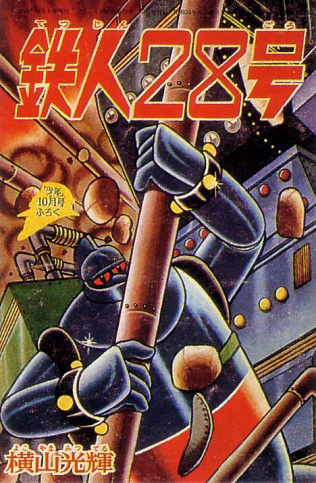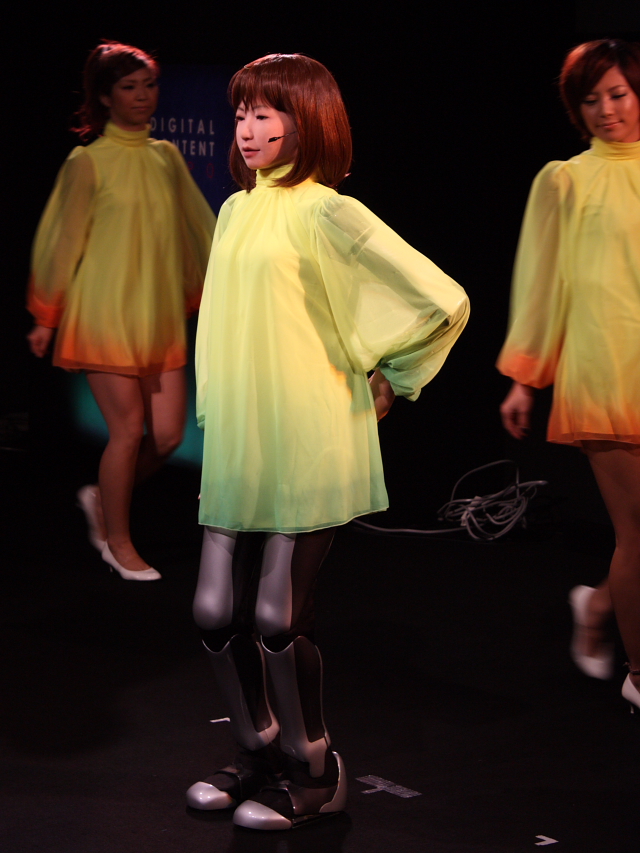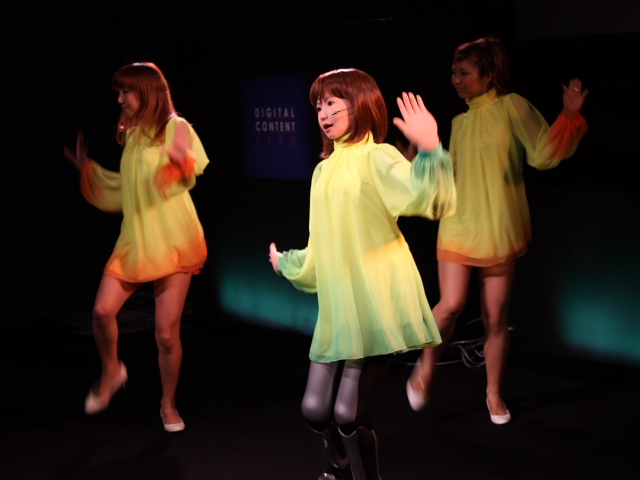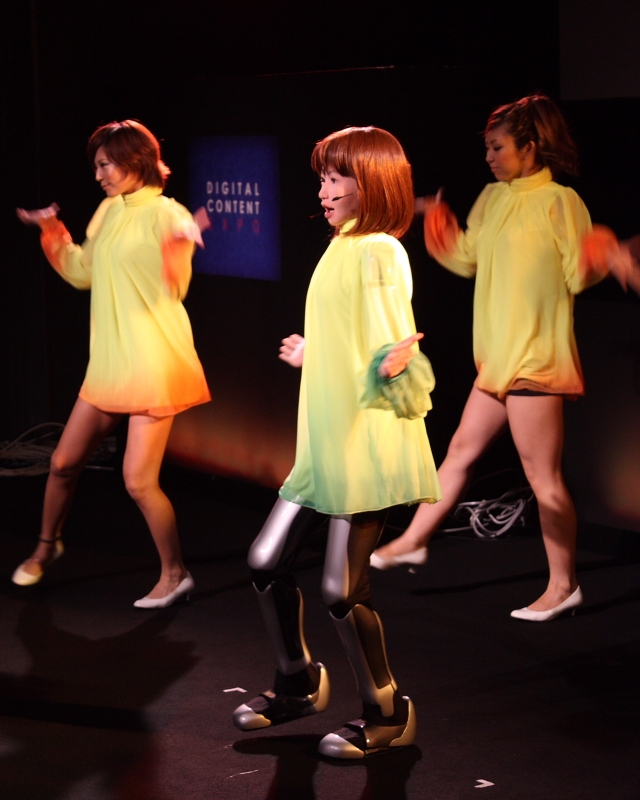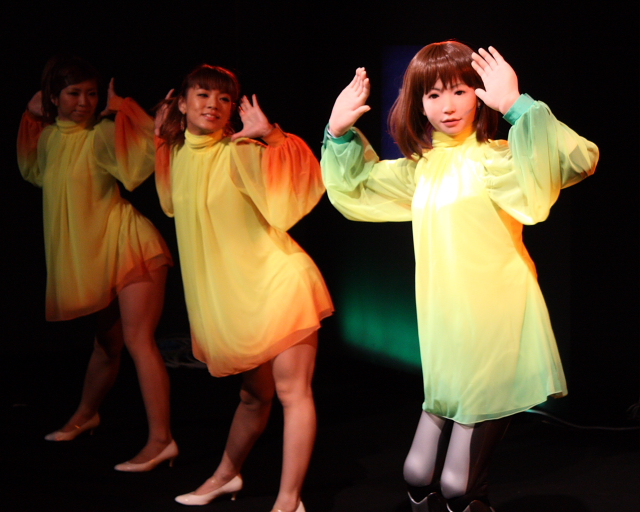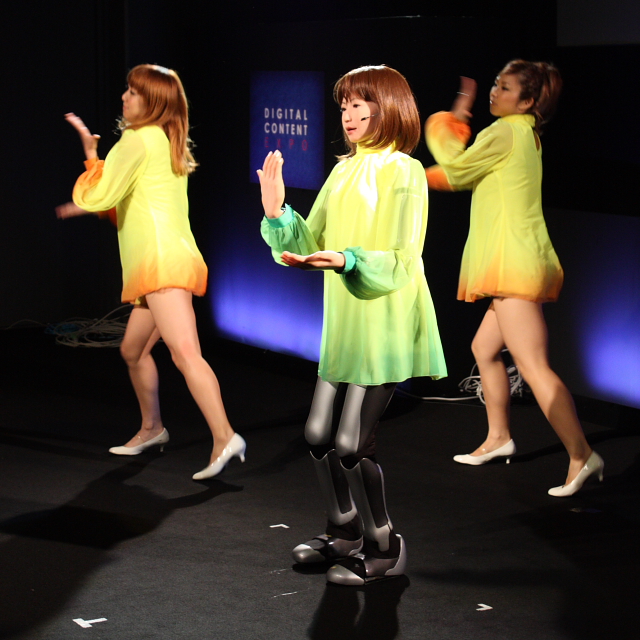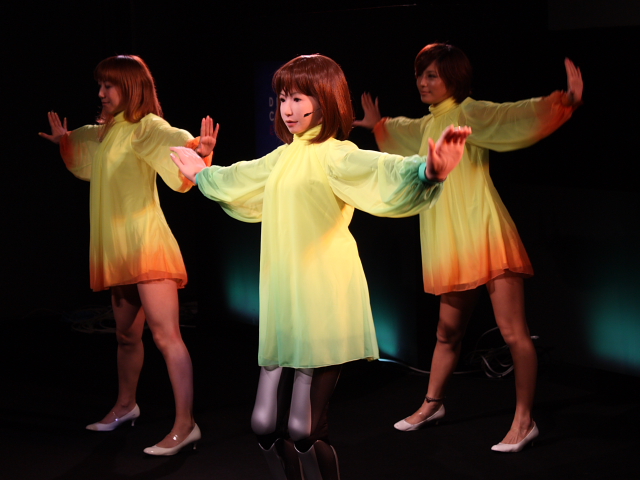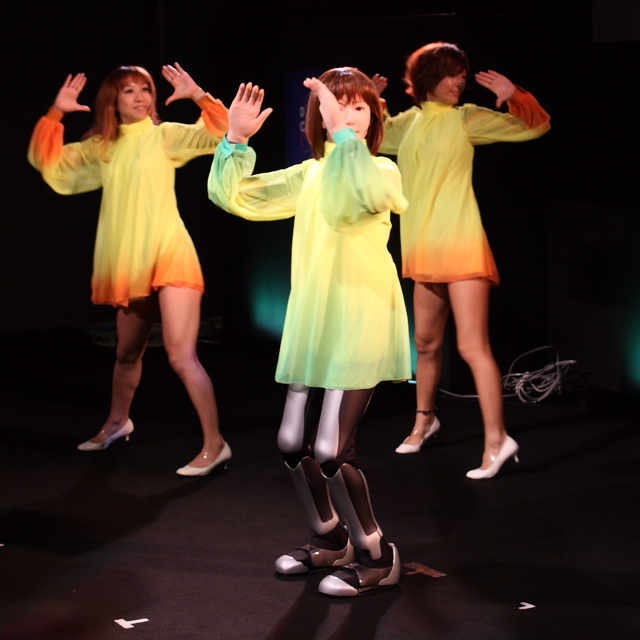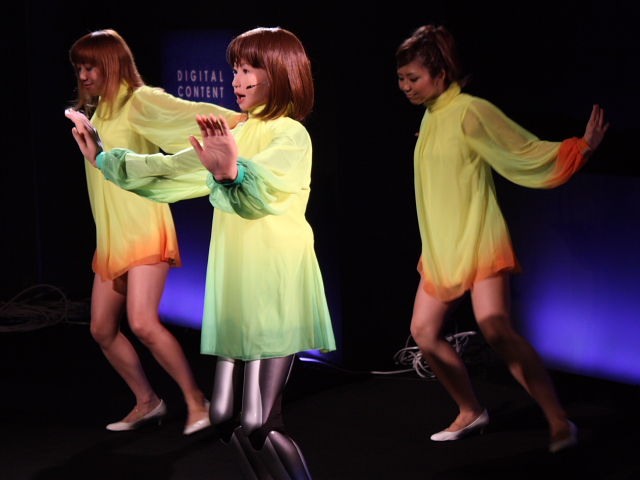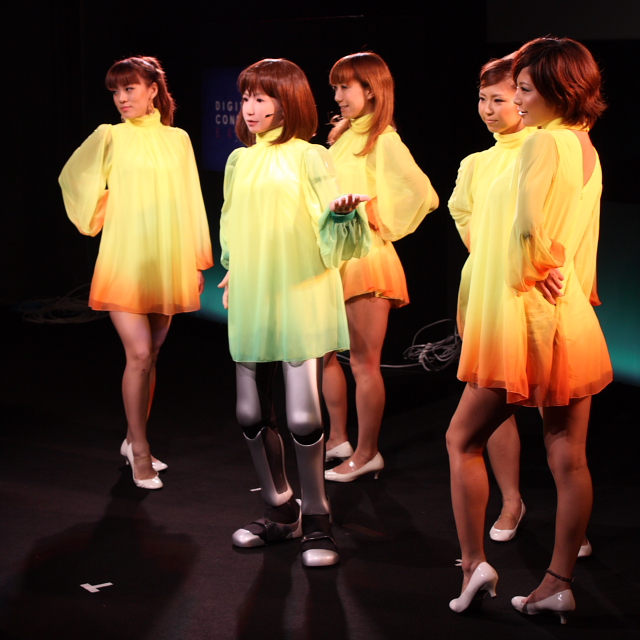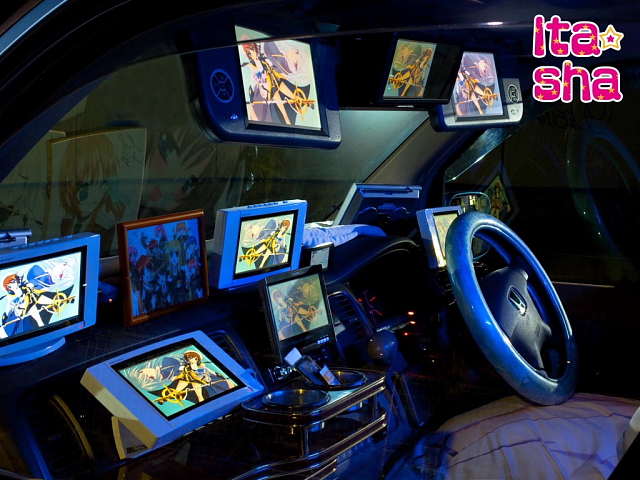Here is a selection of old anatomical illustrations that provide a unique perspective on the evolution of medical knowledge in Japan during the Edo period (1603-1868).
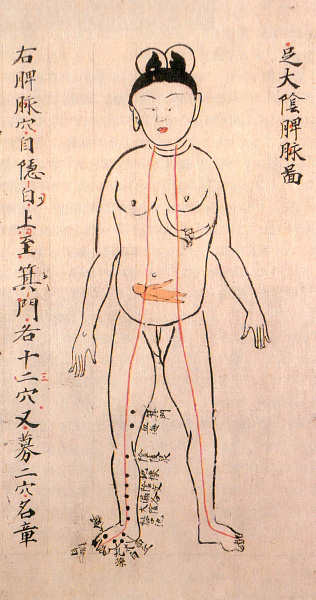
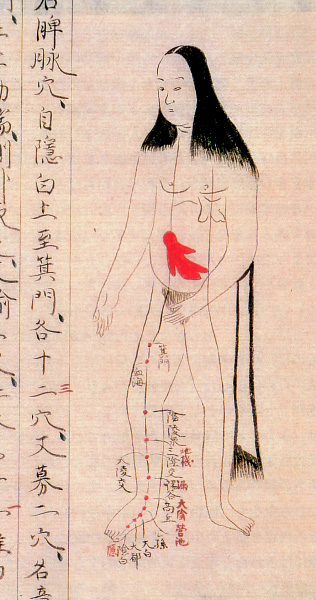
Pregnancy illustrations, circa 1860
These pregnancy illustrations are from a copy of Ishinhō, the oldest existing medical book in Japan. Originally written by Yasuyori Tanba in 982 A.D., the 30-volume work describes a variety of diseases and their treatment. Much of the knowledge presented in the book originated from China. The illustrations shown here are from a copy of the book that dates to about 1860.
* * * * *
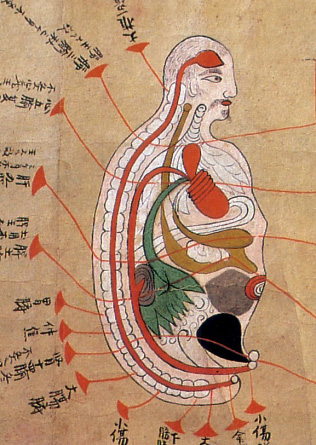
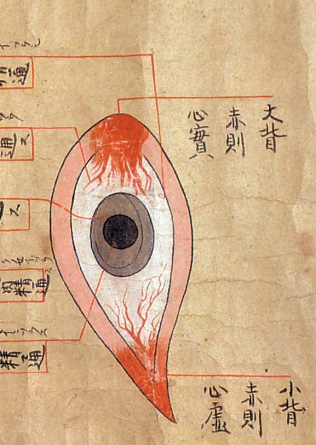
Anatomical illustrations, late 17th century [+]
These illustrations are from a late 17th-century document based on the work of Majima Seigan, a 14th-century monk-turned-doctor. According to legend, Seigan had a powerful dream one night that the Buddha would bless him with knowledge to heal eye diseases. The following morning, next to a Buddha statue at the temple, Seigan found a mysterious book packed with medical information. The book allegedly enabled Seigan to become a great eye doctor, and his work contributed greatly to the development of ophthalmology in Japan in the 16th and 17th centuries.
* * * * *

Trepanning instruments, circa 1790 [+]
These illustrations are from a book on European medicine introduced to Japan via the Dutch trading post at Nagasaki. Pictured here are various trepanning tools used to bore holes in the skull as a form of medical treatment.
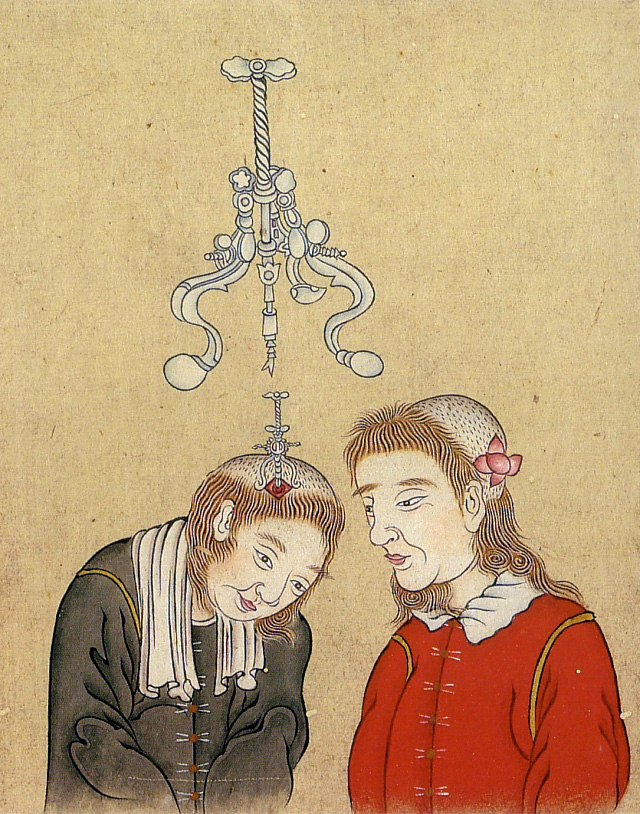
Trepanning instruments, circa 1790 [+]
The book was written by Kōgyū Yoshio, a top official interpreter of Dutch who became a noted medical practitioner and made significant contributions to the development of Western medicine in Japan.
* * * * *
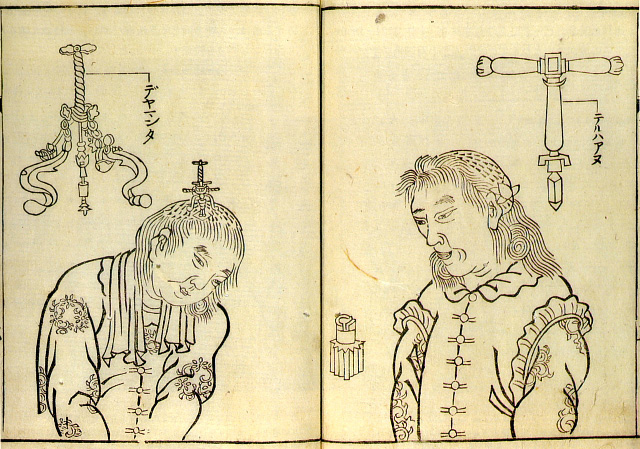
Trepanning instruments, 1769 [+]
These illustrations of trepanning instruments appeared in an earlier book on the subject.
* * * * *
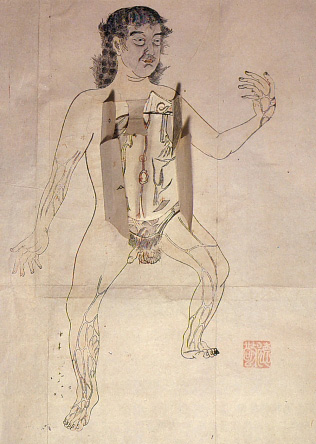
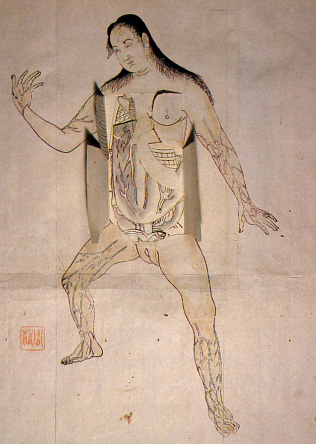
Anatomical illustrations (artist/date unknown) [+]
These anatomical illustrations are based on those found in Pinax Microcosmographicus, a book by German anatomist Johann Remmelin (1583-1632) that entered Japan via the Dutch trading post at Nagasaki.
* * * * *

Human skeleton, 1732
These illustrations -- created in 1732 for an article published in 1741 by an ophthalmologist in Kyōto named Toshuku Negoro -- show the skeletal remains of two criminals that had been burned at the stake.
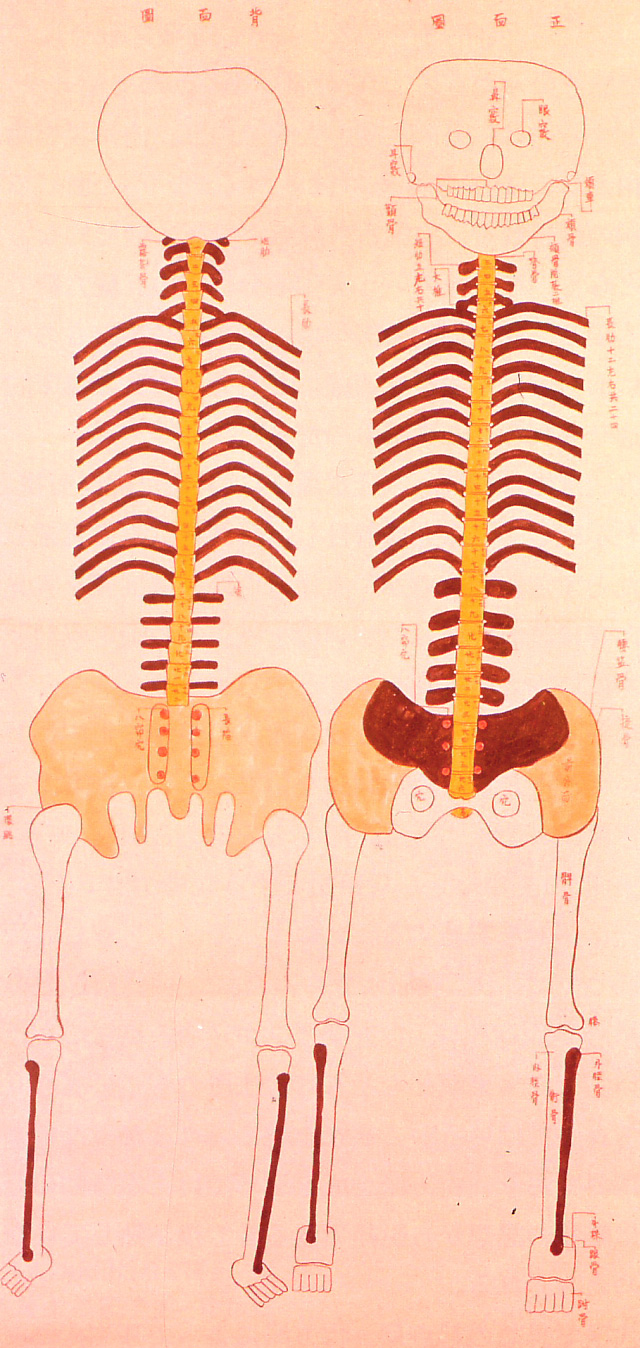
Human skeleton, 1732
This document is thought to have inspired physician Tōyō Yamawaki to conduct Japan's first recorded human dissection.
* * * * *
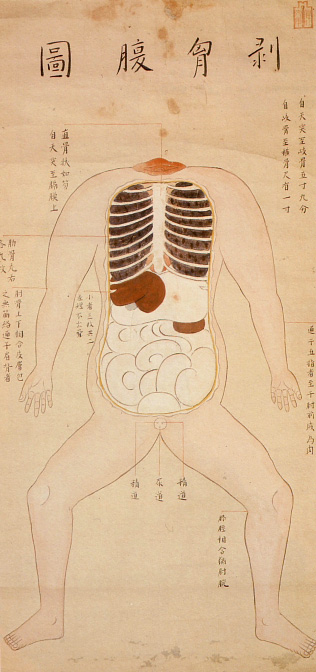

Japan's first recorded human dissection, 1754
These illustrations are from a 1754 edition of a book entitled Zōzu, which documented the first human dissection in Japan, performed by Tōyō Yamawaki in 1750. Although human dissection had previously been prohibited in Japan, authorities granted Yamawaki permission to cut up the body of an executed criminal in the name of science.
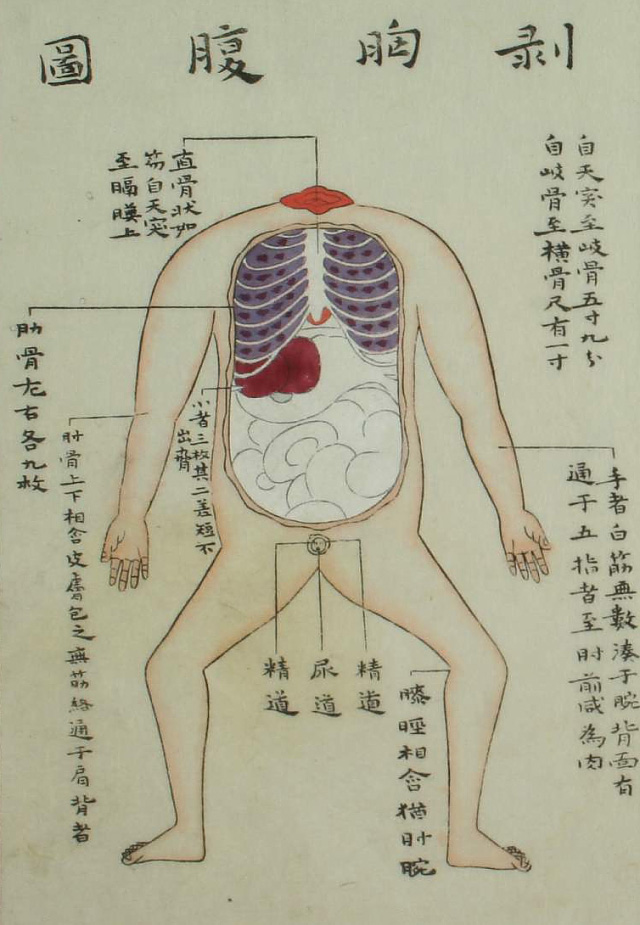
Illustration from 1759 edition of Zōzu
The actual carving was done by a hired assistant, as it was still considered taboo for certain classes of people to handle human remains.
* * * * *
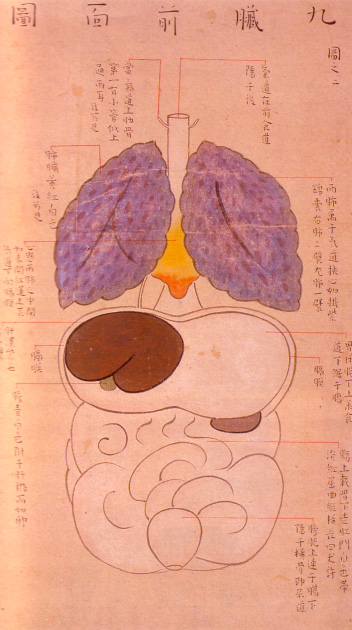

Japan's second human dissection, 1758 // First human female dissection, 1759
In 1758, a student of Tōyō Yamawaki's named Kōan Kuriyama performed Japan's second human dissection (see illustration on left). The following year, Kuriyama produced a written record of Japan's first dissection of a human female (see illustration on right). In addition to providing Japan with its first real peek at the female anatomy, this dissection was the first in which the carving was performed by a doctor. In previous dissections, the cutting work was done by hired assistants due to taboos associated with handling human remains.
* * * * *
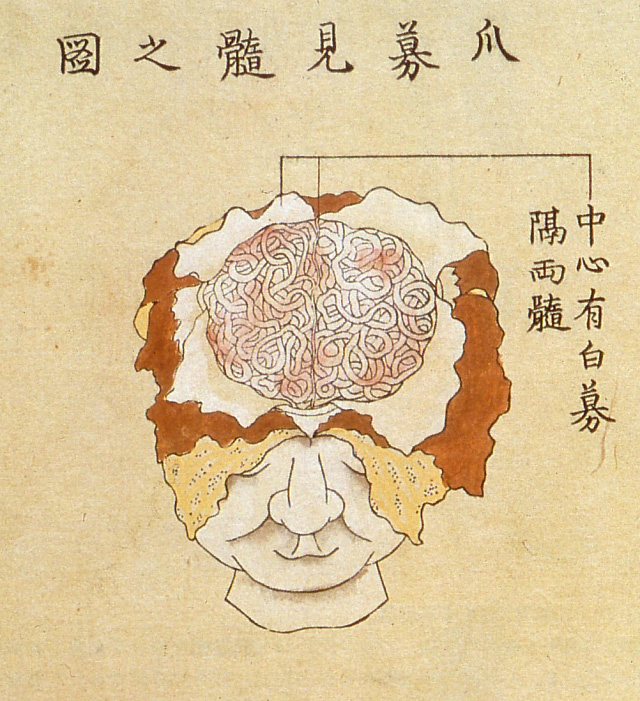
Kaishihen (Dissection Notes), 1772
Japan's fifth human dissection -- and the first to examine the human brain -- was documented in a 1772 book by Shinnin Kawaguchi, entitled Kaishihen (Dissection Notes). The dissection was performed in 1770 on two cadavers and a head received from an execution ground in Kyōto.
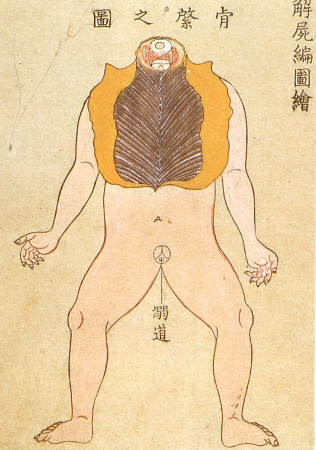

Kaishihen (Dissection Notes), 1772
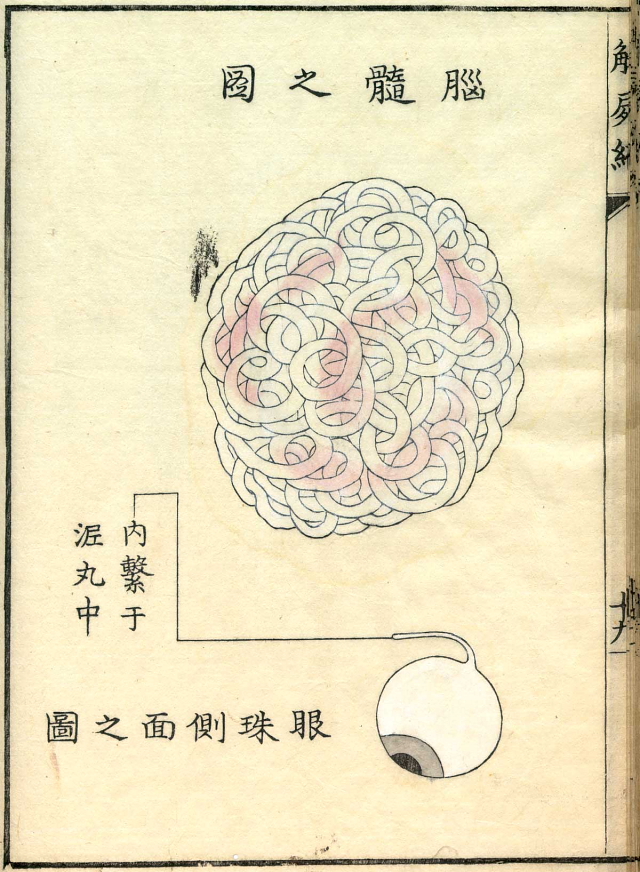
Kaishihen (Dissection Notes), 1772

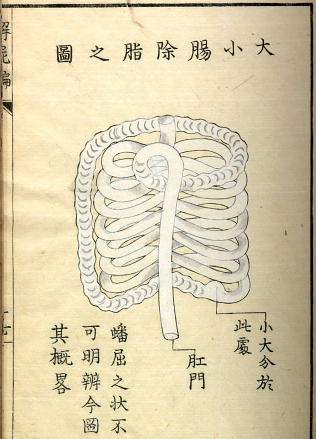
Kaishihen (Dissection Notes), 1772
* * * * *
Tōmon Yamawaki, son of Tōyō Yamawaki, followed in his father's footsteps and performed three human dissections.
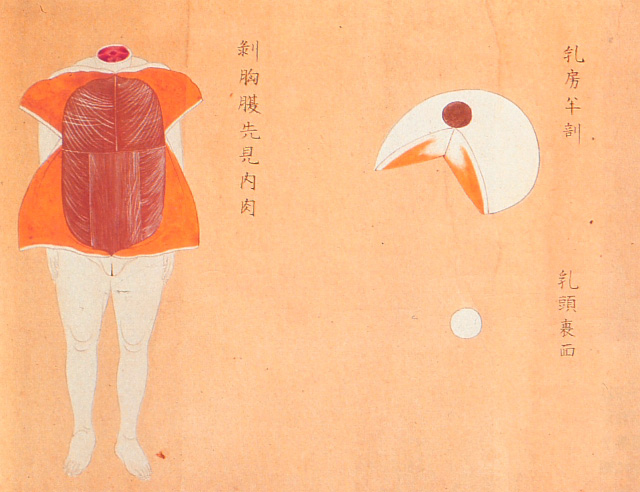
Female dissection, 1774
He conducted his first one in 1771 on the body of a 34-year-old female executed criminal. The document, entitled Gyokusai Zōzu, was published in 1774.
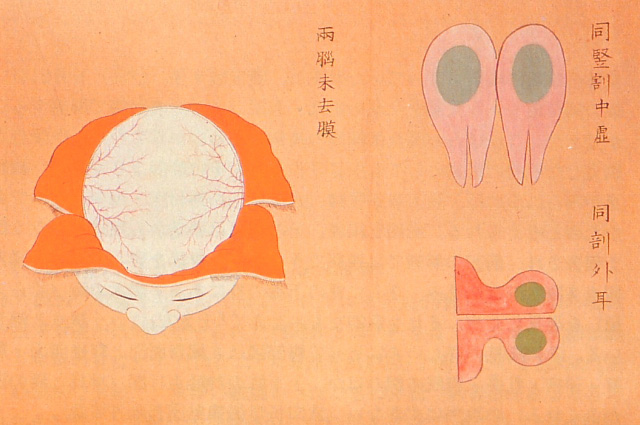
Female dissection, 1774
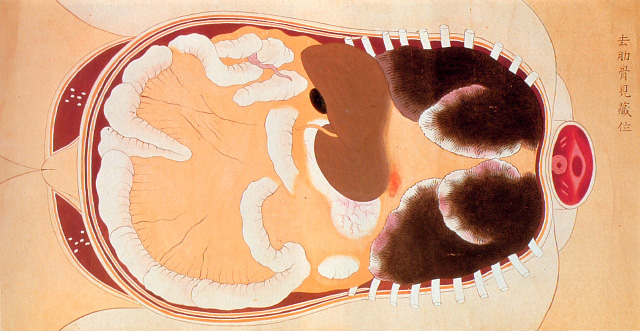
Female dissection, 1774
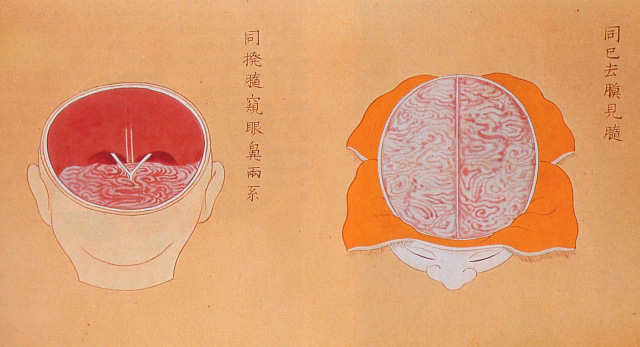
Female dissection, 1774
* * * * *
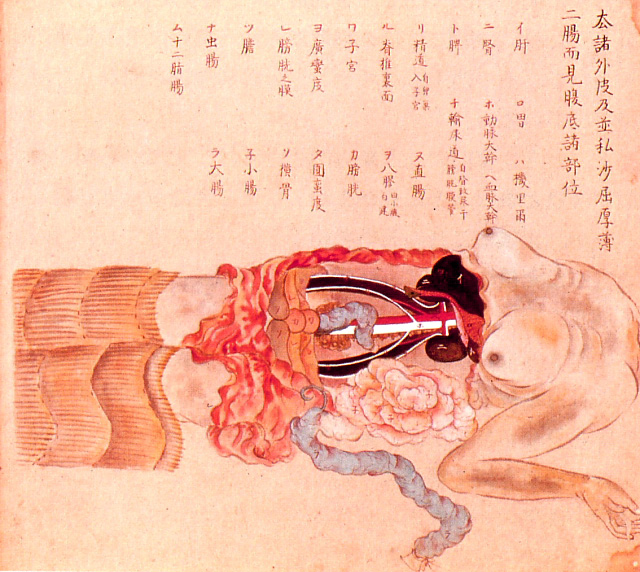
Female dissection, 1800
These illustrations are from a book by Bunken Kagami (1755-1819) that documents the dissection of a body belonging to a female criminal executed in 1800.
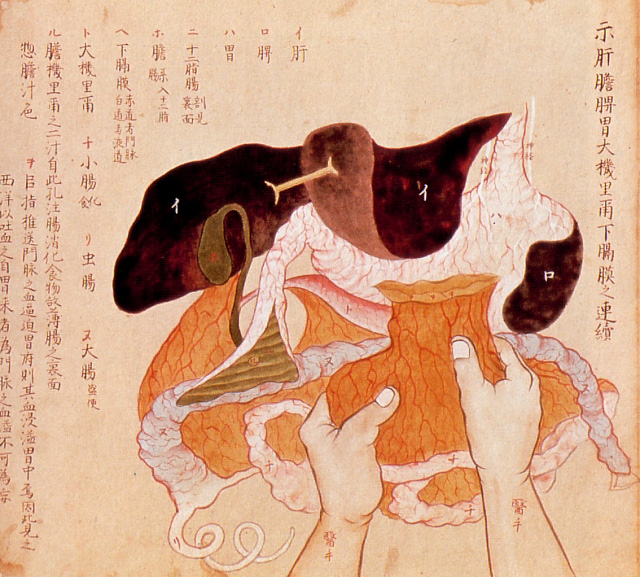
Female dissection, 1800
* * * * *
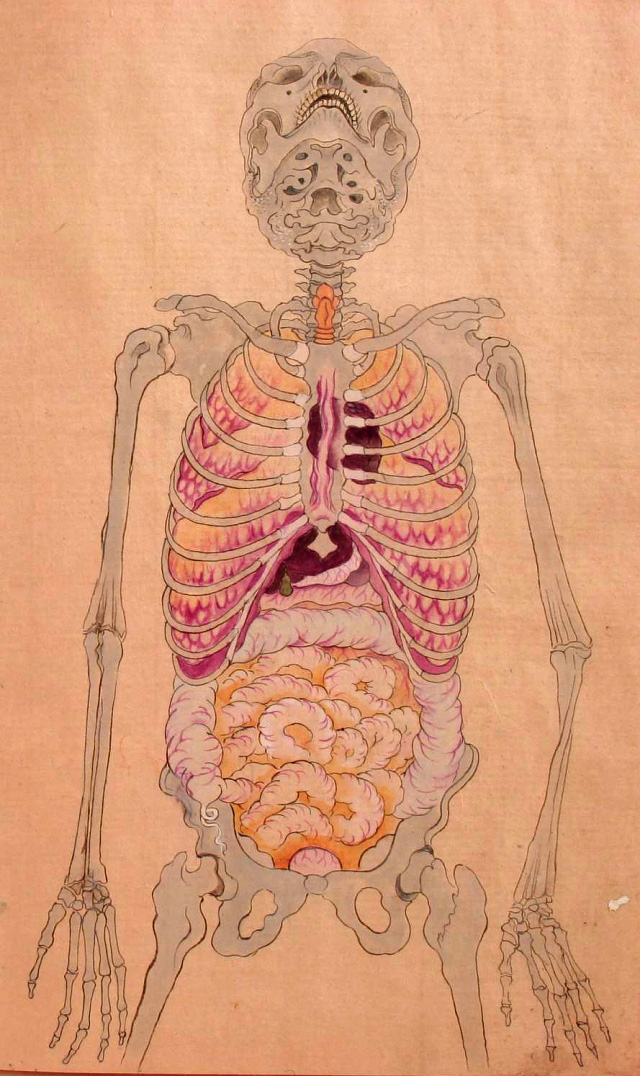
Human anatomy (date unknown)
This anatomical illustration is from the book Kanshin Biyō, by Bunken Kagami.
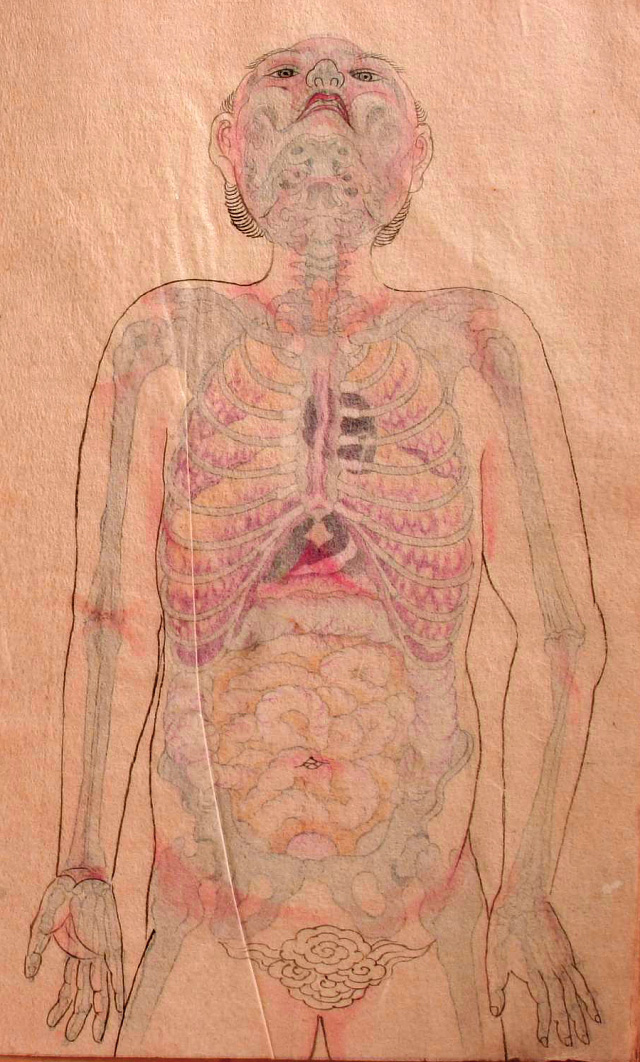
Human anatomy (date unknown)
In this image, a sheet of transparent paper showing the outline of the body is placed over the anatomical illustration.
* * * * *
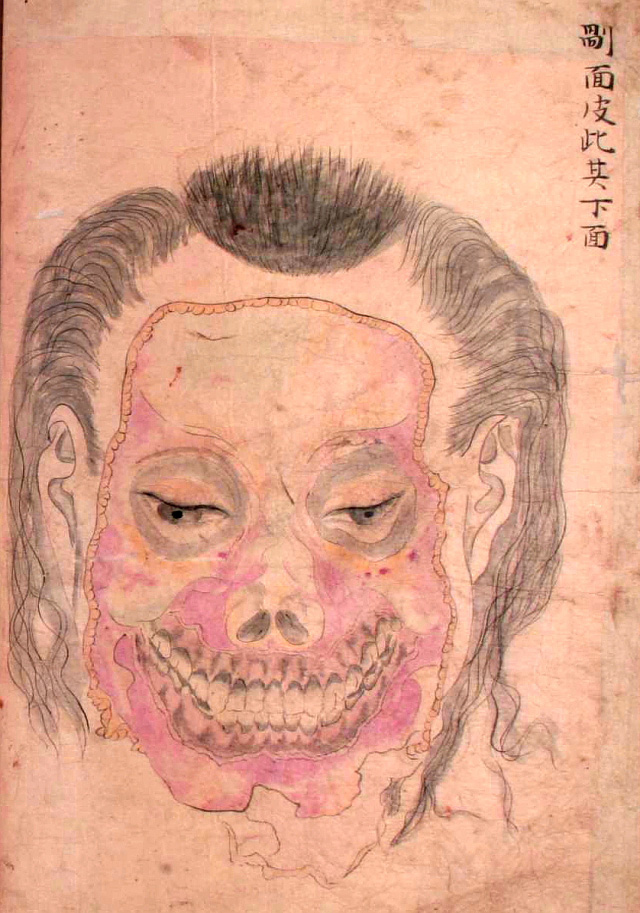
Seyakuin Kainan Taizōzu (circa 1798)
These illustrations are from the book entitled Seyakuin Kainan Taizōzu, which documents the dissection of a 34-year-old criminal executed in 1798. The dissection team included the physicians Kanzen Mikumo, Ranshū Yoshimura, and Genshun Koishi.
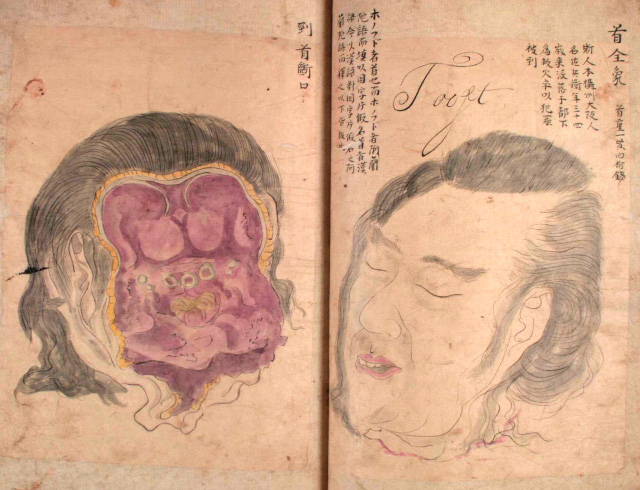
Seyakuin Kainan Taizōzu (circa 1798)
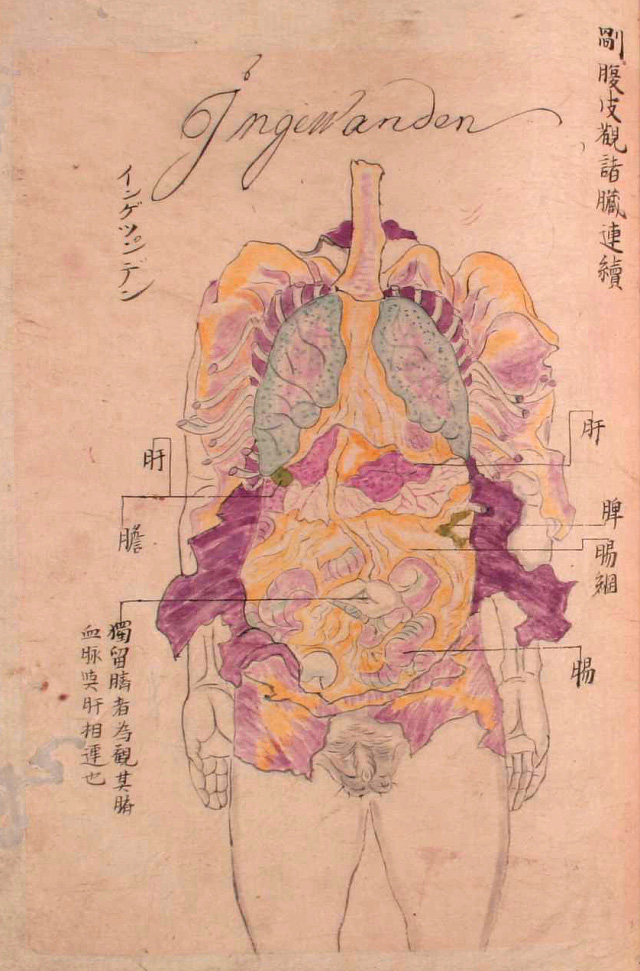
Seyakuin Kainan Taizōzu (circa 1798)
* * * * *
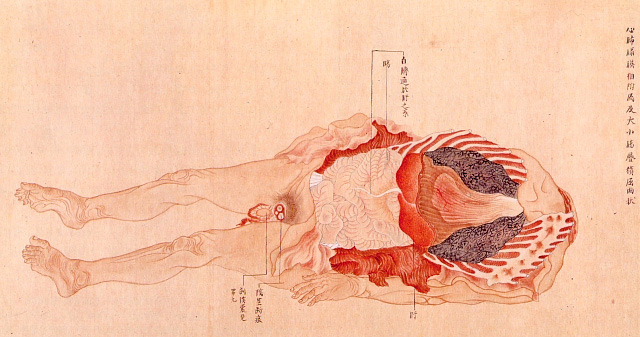
Dissection, 1783 [+]
This illustration is from a book by Genshun Koishi on the dissection of a 40-year-old male criminal executed in Kyōto in 1783.
* * * * *
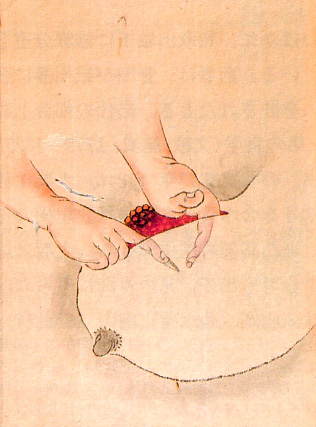
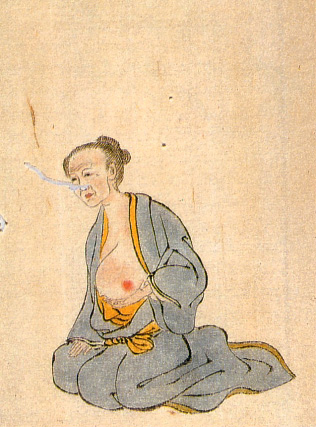
Breast cancer treatment, 1809
These illustrations are from an 1809 book documenting various surgeries performed by Seishū Hanaoka for the treatment of breast cancer. The illustrations here depict the treatment for a 60-year-old female patient.
* * * * *
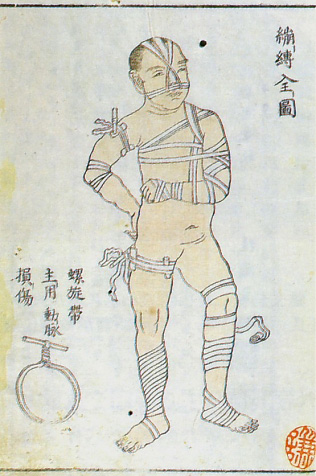
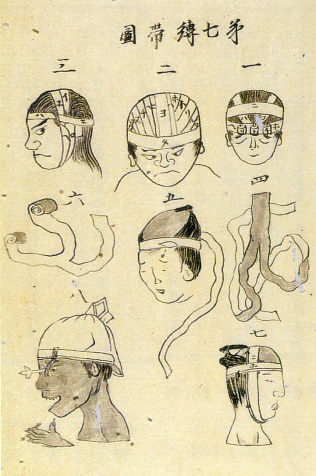
Bandage instructions from two medical encyclopedias, 1813
* * * * *

Yōka Hiroku (Confidential Notes on the Treatment of Skin Growths), 1847
These illustrations are from the 1847 book Yōka Hiroku (Confidential Notes on the Treatment of Skin Growths) by surgeon Sōken Honma (1804-1872).
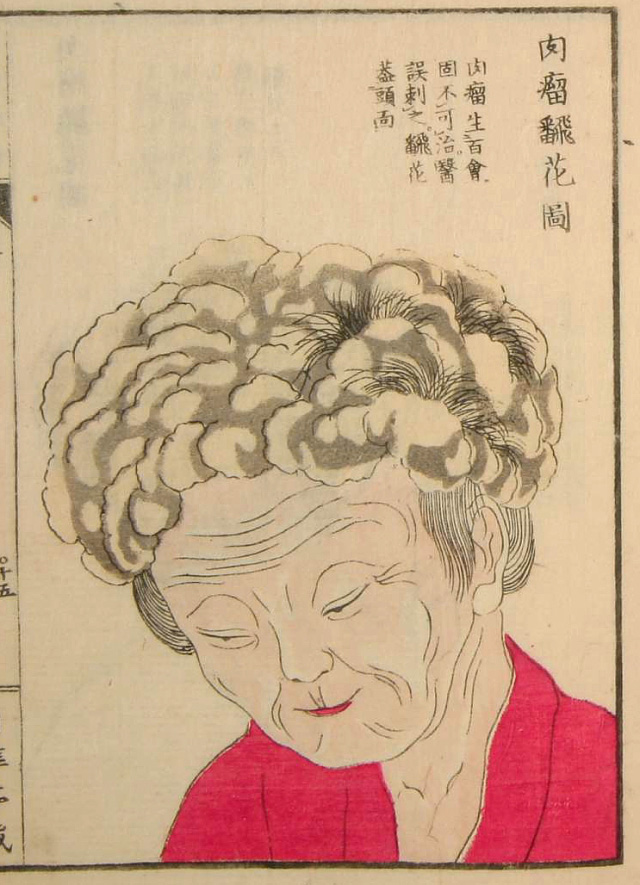
Yōka Hiroku (Confidential Notes on the Treatment of Skin Growths), 1847
* * * * *
The following illustrations are from the 1859 book Zoku Yōka Hiroku (Sequel to Confidential Notes on the Treatment of Skin Growths), an 1859 book by Sei Kawamata that presented the teachings of surgeon Sōken Honma.
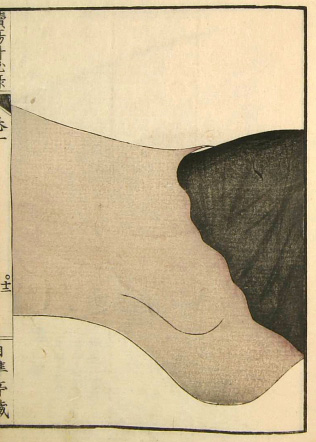

Zoku Yōka Hiroku (Sequel to Confidential Notes on the Treatment of Skin Growths), 1859
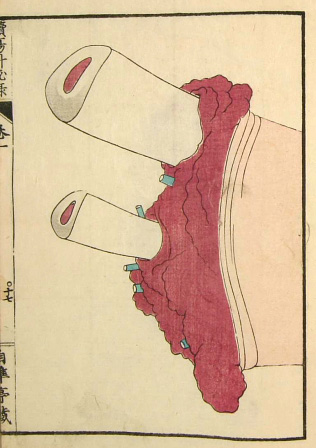

Zoku Yōka Hiroku (Sequel to Confidential Notes on the Treatment of Skin Growths), 1859
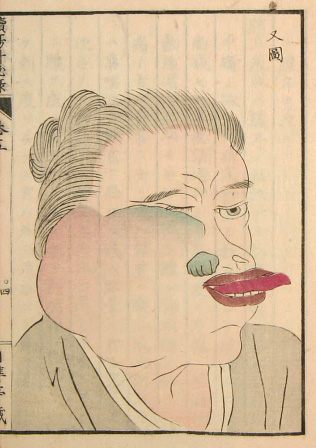
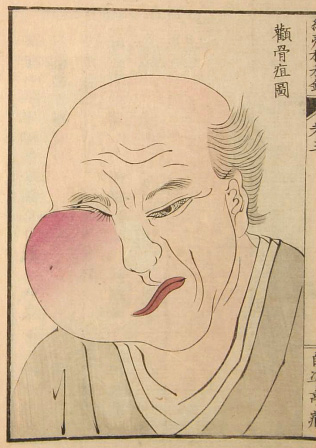
Zoku Yōka Hiroku (Sequel to Confidential Notes on the Treatment of Skin Growths), 1859
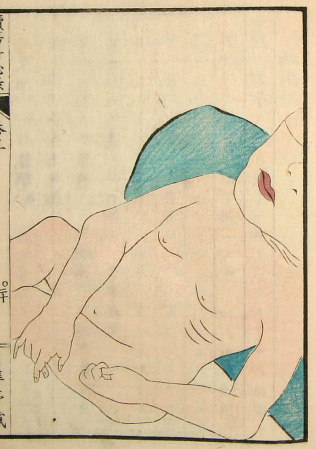
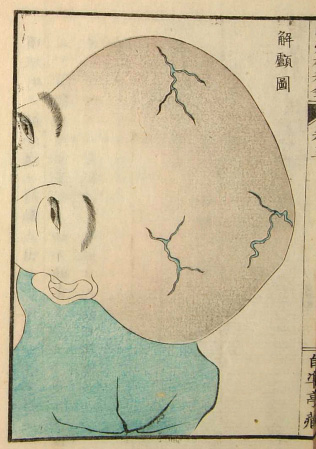
Zoku Yōka Hiroku (Sequel to Confidential Notes on the Treatment of Skin Growths), 1859
[Source: Nihon Iryō Bunkashi (History of Japanese Medical Culture), Shibunkaku Publishing, 1989]

